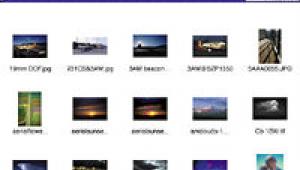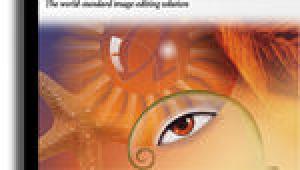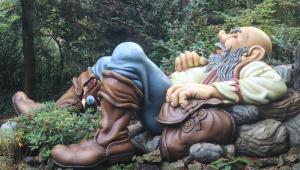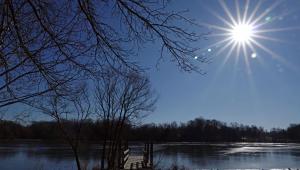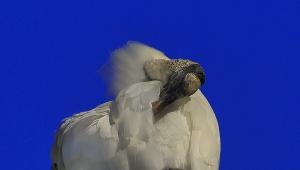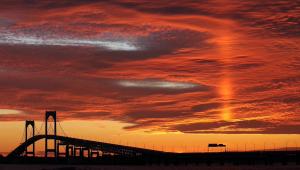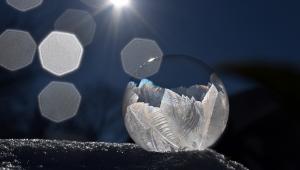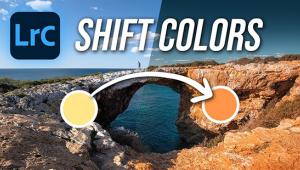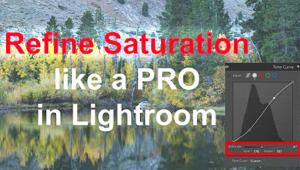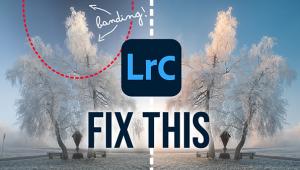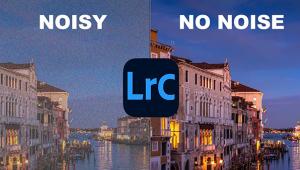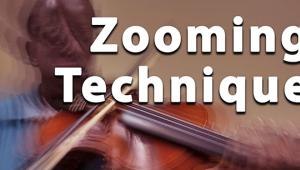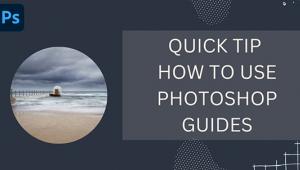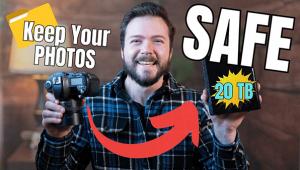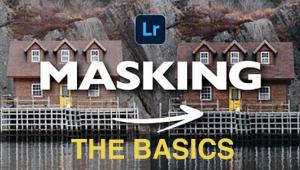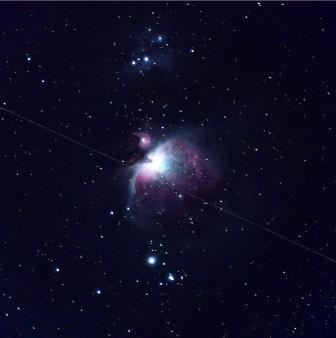Robert Herko: Top Pro Goes Digital Page 2
Speed and Quality
At the client's request, he shot a recent food assignment for a restaurant
with a 4x5 film camera. Herko believes that by comparison, shooting the same
assignment digitally might have taken most of one day, as opposed to the time
it actually took to shoot on film: "Sixteen dishes photographed in 38
hours, over the course of two days." Herko also photographed an ad for
the Golden Acorn Casino near San Diego, California. "By shooting digitally,
we were able to do 33 different scenes in two days," he exclaims. Barrett
DeFay, marketing director of Golden Acorn Casino, had this to say: "I
had participated in several other traditional photo shoots in the past. But
as I watched this one, the positive aspects of digital were immediately self-evident.
The ability to almost instantaneously view the shot and make changes to enhance
creativity are amazing. It resulted in a savings of time--no reshoots!
I found that one of the most exciting aspects about digital is the ability to
make creative changes to further our branding ideas as the shoot took place."
 |
 |
||
|
|
Lightening His Load
Herko says he still uses polarizers and warming filters, but can now rely on
the white balance in his D1x to correct for the greenish tones of indoor lighting
instead of using a fluorescent filter. "Digital imaging has eliminated
my need for incessant filtration." And on location, he says that he doesn't
need to use as much lighting equipment as he would when shooting film, because
of the reduced f-stop ranges his digital camera requires. "It lightens
my load substantially," Herko says.
During a shoot for a real-estate firm last summer in Arizona, Herko described
the weather as "beyond hot." But as further testament to the strengths
of digital imaging, he says his D1x and Macintosh held up extremely well (even
though there were times when he almost passed out). "The system was working
in the extreme heat," he says. "Digital reliability is quite good!"
He mentions that it's also very important to keep extra batteries on hand
and to recharge them often.
 |
|
|
When asked if he's tried digital camera backs on his medium-format cameras,
Herko says that he felt that the focal-length conversion limited his use of
lenses--"At this point, the 35mm-style digital format is ideal for
what I do." He works in a TIFF format from his Nikon NEF captures, which
were originally 33.8 MB, but with recent firmware upgrades, they're now
50 MB files. "The resolution is quite good," he says. "My
digital file sizes are more than adequate for billboard ads, he remarks, "and
we have a few running right now." According to Herko, billboards are mostly
80 dpi resolution.
A Professional Package
He does a lot of shooting in the early dawn or at dusk, and notes that with
his digital camera, "What I see through the viewfinder is what I get."
Herko points out that Polaroids--which he's historically shown to
clients to preview lighting, composition, etc.--are not good for his long
exposures (which can be as long as two minutes), as there's too much reciprocity
failure. There are also exposure and color shifts with digital imaging, he concedes,
but says he can see what he's getting right away and make corrections
as needed. "Digital technology has given me some very pleasing results
when doing long exposures. The resulting color and images are quite exciting!"
 |
On the other hand, Herko points out, "There's nothing like putting
down a 4x5 transparency in front of a client, but the quality of digital images
is getting very competitive. And business-wise, it's already become quite
cost-effective."
When shooting digitally, Herko makes prints of each assignment to show to the
client. "It's a little scary just handing someone a CD or DVD and
saying, `here's your job.'" He describes it as "a
tie back to my film days" to show his client a reference print--made
to his specifications--to give the client an idea of how the final image
should look. "With digital, there's a lot of interpretation of how
things should be presented." Herko says he feels that giving reference
prints can instill client confidence also. "Not every client is comfortable
with digital imaging yet, and they can use the print as reference to use with
their monitors, printers, and down-stream processes."
Herko uses Adobe Photoshop 7 to occasionally enhance image density or color,
but says he says he doesn't do a lot of manipulation "post-shoot."
He says, "I like to do things right in-camera first, rather than to rely
on manipulation with Photoshop."
 |
He adds that he's learned to back up his files during a photo shoot,
and makes three copies of his files "first off." He makes three
copies of the images he retains and burns copies to a DVD. "I've
experienced failure, and I've learned that the more backup you have, the
better," he emphasizes. Herko knows that accidents--like power failure--can
occur. "If something happens, you can damage data or lose files altogether."
Thus, he's extremely cautious, especially considering that a five-day
shoot with expenses can cost a client $30--$40,000.
Creative Freedom
Herko says, "It's a lot of fun working digitally. It's allowed
me to see results immediately, and to experiment more with lighting and other
creative aspects of the shoot." In the future, if he continues using film,
he says he may experiment creatively first with a digital camera. Digital imaging
has enhanced his creativity, he concludes, "Because of the freedom that
I haven't had before."
- Log in or register to post comments




